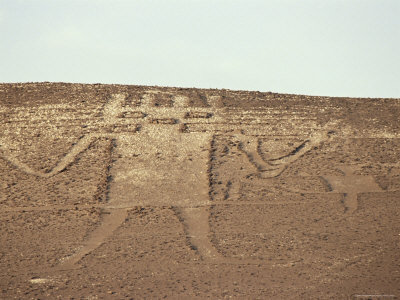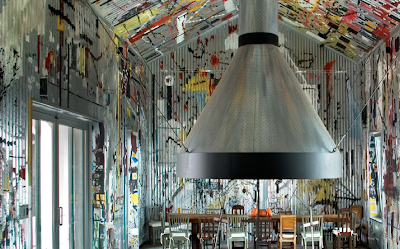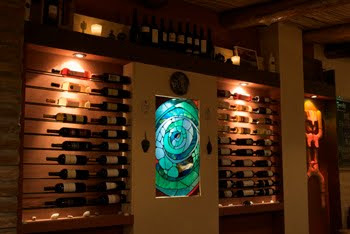 |
| Facundo Cabral |
Cabral was shot and killed during a tour in Guatemala City while en route to La Aurora International Airport on July 9, 2011.
Guatemala's President Alvaro Colom decreed three days of national mourning. Hundreds of Guatemalans sang songs written by the artist in the capital's Plaza de la Constitución. Some of the signs carried by Guatemalans grieving the death of the beloved singer said ""We ask forgiveness of the world for the assassination of Facundo", "We are here not only for the death of Maestro Cabral, but also for every boy, girl, old man and woman, who becomes, day after day, victim of violence. Not only for Facundo Cabral, but also for the future of our children."
Argentina's foreign minister, Héctor Timerman, tweeted "Adios amigo!"
Guatemala's 1992 Nobel Peace Prize winner, Rigoberta Menchú, went to the scene of the killing and wept. "For me, Facundo Cabral is a master," she said. "He loved Guatemala greatly."
The President of Venezuela expressed his dismay with a short message via the Twitter social network. "Oh what a pain! Killed the great troubadour of Las Pampas Long live Facundo Cabral weep with Argentina and with all our great homeland," wrote Chavez in his Twitter profile.
"Every morning is good news, every child that is born is good news, every just man is good news, every singer is good news, because every singer is one less soldier."
"I like the sun, Alice, and doves, a good cigar, a spanish guitar, jumping walls, and opening windows, and when a woman cries. I like wine as much as flowers, and rabbits, but not tractors, homemade bread and Dolores' voice, and the sea wetting my feet. I like to always be lying on the sand, or chasing Manuela on a bicycle, or all the time to see the stars with Maria in the hayfield. I'm not from here, I'm not from there, I have no age, nor future, and being happy is my color of identity."
"I'm amazed to form part of this amazing universe and I'm proud of the hunger that keeps me awake. Because when man is full he falls asleep."
"May God want for man to be able to be a child again to understand that he is mistaken if he thinks he can find happiness with a checkbook."
"I don't waste time taking care of myself. Life is beautiful danger. From the danger of love, my mother had seven kids. If she had guarded herself against my father and his fervor, a singer would be missing from tonight's meeting."
"My poor boss thinks that I'm the poor one."
"This is a new day to begin again, to look for the angel that appears in our dreams, to sing, to laugh, to be happy again. In this new day I will leave the mirror, and try to finally be a good man. I will walk with my face to the sun, and I will fly with the moon."
"Forgive me Lord but sometimes I get tired of being a citizen. The city tires me, the offices, my family and the economy. Forgive me Lord, I am tired of this hell, this mediocre market where everyone has a price. Forgive me Lord but I will go with you through your mountains, your seas, and your rivers. Forgive me Lord but sometimes I think you have something better than this for me. Forgive me Lord, I don't want to be a citizen, I want to be a man, Lord, like you created me."
"I am my own inventor because that is the task with which God has trusted me. God, or the Devil because they are the same thing. The Devil is a pseudonym that God uses when he has to create something of morally doubtful character, in order to not tarnish his good name, he uses the pseudonym."
"The poor man that walks through this borrowed life without a song, in addition to being poor is a ghost, and in addition to being a ghost, is nothing."
"We are crossing through life on the train of death seeing how progress is putting an end to people."
"And God created woman and she said 'My Lord, if Mary conceived without sin, couldn't I sin without conceiving?'"
"I stop in San Francisco where there's always something to hear, at least when Krishna Murti is nearby, he who knows that the fundamental revolution is to revolutionize one's self. I stop in Crete where there is always something to love,
I raise my voice in Italy and I am silent in India, because I am and I live in the present, because I am made of dreams, of emptiness, of wine, and of wheat, they call me MAN. It's true that I am dust, but sacred dust I am, even though you know that when I say I am, I am saying you are, invincible, unnameable. Highest Lord, don't worry about our daily bread because that is up to us, that's why we are men, but don't leave us without our nightly dream because without it we are nothing, we who are perhaps only a dream that you dream."
"If I am a thief, it's because of private property."
 |
| Facundo Cabral |
























